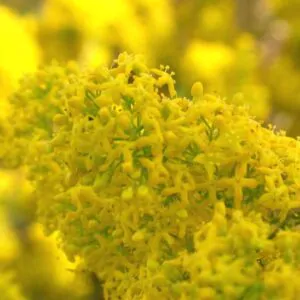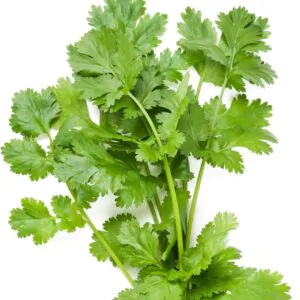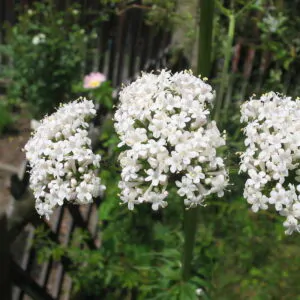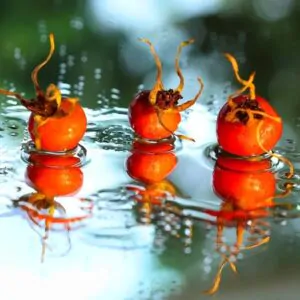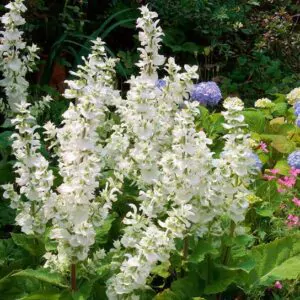$4.32
/ per pack
Choose seeds per pack:
Botanical Nomenclature: melilotus officinalis
Common name: meliloto, sweerclover, honey clover, aromatic yellow clover, honey lotus, honey flower, hay flower, king crown
Family: Fabaceae
Origin: europe and asia region
Height: 0.70 – 1.20 meters
Brightness: Full Sun
Weather: see description
The species is more commonly known as honey flower, widely revered for its medicinal properties related to the treatment of blood circulation. With a very characteristic aroma the plant is effective in treating circulatory problems.
Story:
The Roman physician of Greek origin already mentioned the meliloto (melilotus officinalis) in 130 – 201 AD. attributing it anti-tumor and anti-inflammatory properties. Fresh or dried aerial parts are used for therapeutic purposes.
Constituents and properties:
Contains Flavonoids, Phenolic Acids (Melilotic Acid and Caffeic Acid) Coumarins, Saponosides, Infused Aromatic Compounds, Anti-Spamodic, Diuretic, Anticoagulant, Sedative, Anti-Inflammatory, especially to treat vision problems, Migraines caused by nervous tension, painful menstruation, improves venous and lymphatic circulation, being useful in the treatment of swollen legs and feet, due to the action of flavonodes is protective vessel, venotonic action.
Description and habitat
Like all legumes meliloto is an excellent soil nitrogen fixer and very attractive to bees. It is a spontaneous plant, likes calcareous and sandy soils, and can also be found on clay soils, grows along the paths of uncultivated or cultivated land, amidst rubble. It is common in temperate regions of Asia and naturalized in North America.
This species has a symbiotic relationship with certain soil bacteria, these bacteria form nodules in the roots and fix atmospheric nitrogen. Part of this nitrogen is used by the growing plant, but some can also be used by other plants growing nearby.
Established plants are drought tolerant.
Curiosities:
When it is fermented, yellow clover produces the substance dicumarol, a powerful anticoagulant. The discovery came in the 1920s, when an outbreak of cattle death occurred in Canada and the United States. Most cattle suffered severe bleeding from some minor simple procedures such as castration. In 1921, Frank Schofield, a veterinary pathologist, determined that cattle were ingesting damaged clover hay and that it was functioning as a potent anticoagulant. In 1929, veterinarian lm roderick demonstrated that the condition was due to the failure of prothrombin (inactive plasma protein, thrombin precursor and essential for blood clotting). In 1933, Karl Paul Link and his University of Wisconsin Chemistry Lab in the US strove to isolate and characterize the haemorrhagic agent from damaged hay. It took five years for the complex to be characterized. The anticoagulant was called dicumarol. This was a precursor to the discovery of the drug coumadin (warfarin). Dicumarol is used in rat poisons.
Other Uses:
Dry leaves are used as insect repellent, especially clothing moths.
Young leaves and flowers are eaten in salads or cooked as a vegetable, only fresh leaves and flowers.
Highly recommended for beekeepers:
The plants are rich in pollen and an excellent source of nectar for bees. Melilotus officinalis usually begins flowering 3 months after planting and stays in bloom for up to 4 months, then dries and dies dropping thousands of seeds to renew the crop and restart the process.
| Weight | N/A |
|---|

